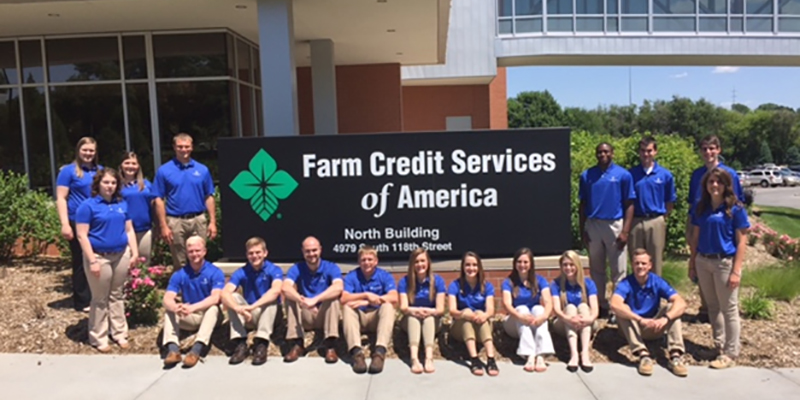
The agribusiness sector will generate nearly 58,000 job openings annually through 2020, according to a collaborative study produced by the U.S. Department of Agriculture (USDA) and Purdue University. About half of those openings – in food, agriculture, renewable natural resources or environmental companies – are projected in management or business-related occupations, with another 27 percent in science or engineering fields.
The good news doesn't stop there. For those who want to raise their odds of working directly on farms or ranches, select fields have strong employment and salary outlooks. For example, accredited farm or ranch managers with a college degree can earn from $45,000 to $70,000 annually, with strong upside potential once they've gained more than five years of experience. Opportunities for these hands-on managers are strongest in settings with institutional or absentee land owners, both of whom need experienced professionals to ensure smooth-running operations. And, the dairy manufacturing program at South Dakota State University has a 100 percent placement rate for its bachelor's degree graduates, with starting salaries ranging from $45,000 to $60,000.
For Don Marshall, associate academic dean in the College of Agriculture and Biological Sciences at South Dakota State, the dairy program is just one facet of a broader success story in agriculture and food-related programs.
"Our enrollments have really moved up over the last decade, so I think the word has gotten out among prospective students that there are good job opportunities in these areas," he said. "This has happened even as our traditional pool of students from rural areas has gotten smaller."
The key factors heating up agricultural and food employment boil down tighter supplies and greater global demand. According to research by McKinsey, an international business consulting firm, the food and agribusiness sector accounts for 10 percent of worldwide consumer spending and 40 percent of total employment. Based on population trends, global caloric demand is expected to rise by 70 percent by 2050, and rising human and animal food needs may result in a doubling of corn, soybean, wheat and other crop production by that time. Those forces place a major burden on both producers and food company employees to come up with innovative, safe ways to deliver food for a hungry world.
Mismatch: Limited talent in pipeline, low interest in ag opportunities
Despite the strong job opportunities in agriculture and food-related occupations, there's a consistent shortage of workers with the skills and education to meet market needs. The USDA/Purdue University study noted that U.S. colleges and universities produce an average of 35,700 graduates each year with the best credentials for these opportunities, which is just 61 percent of projected demand. For that reason, employers are often forced to look more broadly at candidates with degrees outside agriculture, biological sciences, environmental sciences or engineering in an attempt to fill open spots.
In the bigger picture, the talent shortage in agriculture-related careers is linked to an ongoing deficit of students choosing STEM (science, technology, engineering and mathematics) education. In fact, the National Center for Education Statistics noted that 1.9 million bachelor's degrees were awarded by U.S. colleges and universities in 2014. Of that total, over 847,000 students (or 44 percent) completed degrees in business, health professions, social sciences or psychology. On the other hand, just 5.5 percent of students earned a four-year degree in the biological sciences, a broad category that also encompasses agricultural science programs.
Perhaps not surprisingly, since farm families now represent just 2 percent of the U.S. population, interest in agriculture-related careers is very low among the millennial generation (those born between 1981 and 1997). That helps explain why just 3 percent of recent college graduates – and 9 percent of millennials overall – in a recent national survey said they would consider a career in the agriculture or food industries. While the survey, commissioned by agribusiness and food producer Land O'Lakes, found that millennials were more likely than their older counterparts to believe an ag-related career can pay well, interest in that career choice finished dead last behind other market sectors, such as technology, health care, education, marketing and sales, finance, manufacturing, and engineering.
Despite the lingering visibility issue for agriculture-related careers, Marshall hopes that the generational tendency of millennials to gravitate toward meaningful work will help turn the tide.
"If we're going to be able to produce all this extra food, but do it in a way that sustains our natural resources, that should hold some appeal to younger people who want to make a difference," he said.

